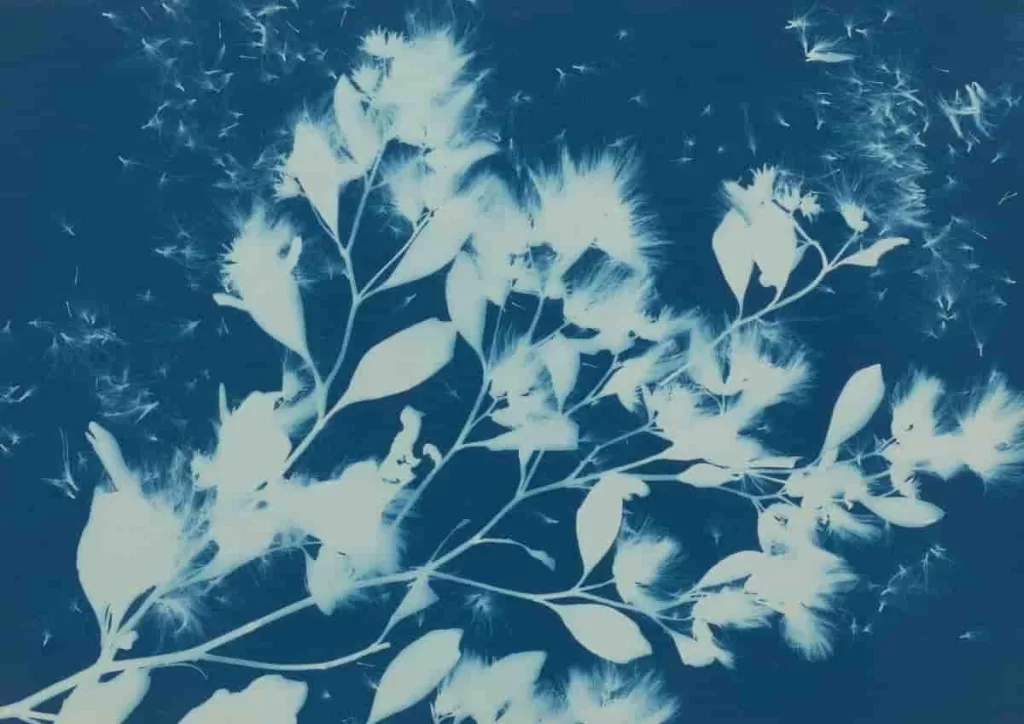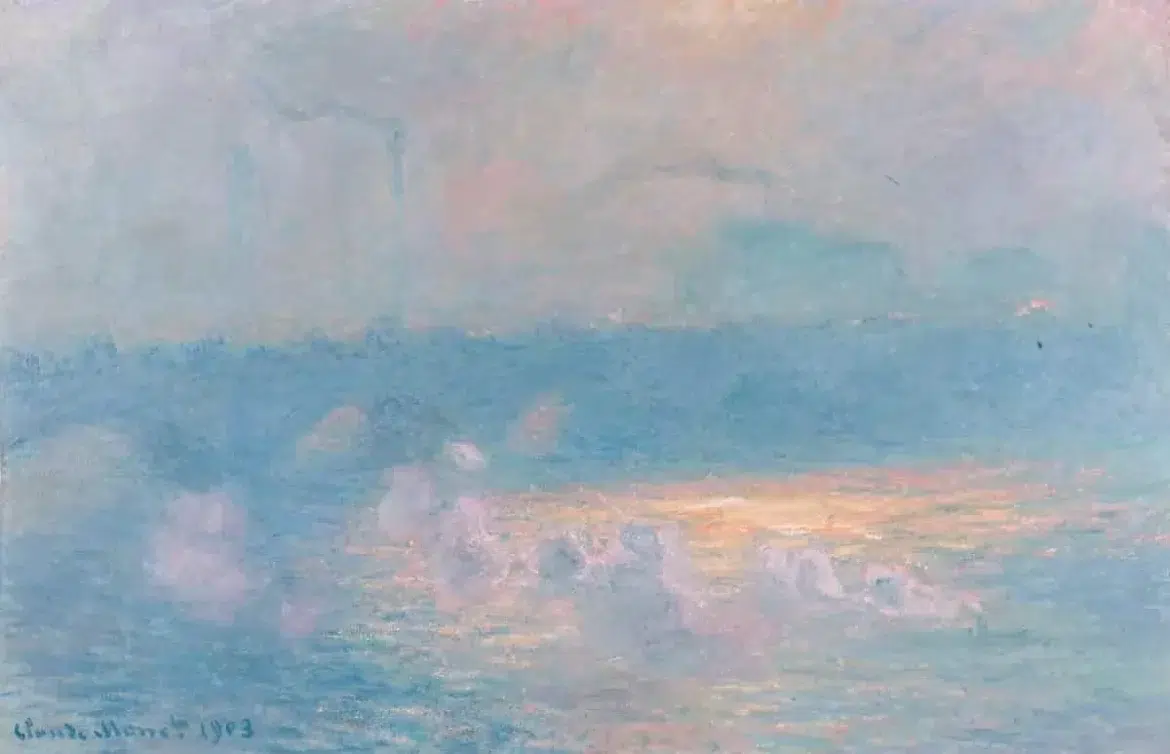Get ready for a transformative year of environmental art exhibitions at the Baltimore Museum of Art in 2025, exploring nature’s impact on creativity.
BY KAZEEM ADELEKE, ARTCENTRON
Most-See Environmental Art Exhibitions at BMA in 2025
BALTIMORE, MARYLAND—The Baltimore Museum of Art (BMA) has curated a series of exhibitions for 2025 that art lovers will find experiential. These exhibitions represent a significant departure from previous years’ themes focused on issues such as identity, gender, and racial representation. This year, the museum shines a spotlight on environmental issues, offering an overview of how art and the environment intersect. These groundbreaking exhibitions investigate the relationship between changing weather patterns—largely driven by human activity—and artistic expression. Central to many of these exhibitions is the theme of weather. There is a specific focus on elemental forces such as fire, air, earth, and water, along with the ecological, political, and economic narratives these elements shape.
These environmental art exhibitions at the Baltimore Museum of Art in 2025 are revealing. They highlight the beauty of the natural world, its fragility, and the cultural impact of environmental transformations.
Watershed: Transforming the Landscape in Early Modern Dutch Art
February 9, 202–July 27, 2025
The first exhibition in this exceptional year is Watershed: Transforming the Landscape in Early Modern Dutch Art. It explores the important role of water in the identity and development of the Dutch Republic. With a selection of around 40 works, including paintings, prints, and drawings, this exhibit underscores the complex relationship between the Dutch people and their environment during the 17th century.
Artists such as Frans Hals, Rembrandt van Rijn, and Jacob van Ruisdael depicted landscapes in which waterways, harbors, and trade routes were central. These works were not only artistic representations but also reflections on how the Dutch Republic saw itself, particularly in relation to its economic and political might. The depiction of water, both in its natural beauty and its significance in global trade, underscores the deeply intertwined relationship between nature and culture. As the Dutch mastered the complex art of land reclamation and managing watercourses, their art mirrored these transformations. Lara Yeager-Crasselt, BMA Curator of European Painting and Sculpture is the curator for this show.
Environmental Art Exhibitions at the BMA
Air Quality: The Influence of Smog on European Modernism
February 9, 2025 – February 22, 2026
Next, the museum presents Air Quality: The Influence of Smog on European Modernism. This exhibition highlights the influence of environmental factors, particularly air pollution, on European modernist art. It features works by iconic artists such as Henri Matisse, Claude Monet, and James McNeill Whistler. This show explores the connection between the advent of industrialization and the evolution of modern art.
The early 20th century saw rapid industrial growth, particularly in cities like London and Paris, where the smog and coal burning had direct implications on both the artistic style and the physical health of many artists. This exhibition provides an insightful perspective on how environmental pollution shaped the aesthetic choices of modernist painters, whose works often depicted urban landscapes shrouded in smog and fog. The show uses contemporary scientific research to underline the impact of pollution on art. It demonstrates how nature and human-made changes influenced creative expressions.
Kevin Tervala, BMA Eddie C. and C. Sylvia Brown Chief Curator will curate this show that will be in the Jay McKean Fisher Gallery in the Ruth R. Marder Center for Matisse Studies.
Earth as Medium: Extracting Art from Nature
April 6, 2025–August 17, 2025
Earth as Medium: Extracting Art from Nature addresses the deeply rooted connection between artmaking and the natural world. It features over 20 objects spanning from the 14th to the 21st centuries. This exhibition emphasizes how materials derived from nature—whether earth, plants, animals, or minerals—have always been integral to the artistic process.
From ancient ceramics to contemporary sculptures, this exhibition explores how different cultures have both celebrated and exploited natural resources in their pursuit of artistic expression. The exhibition also reflects on the sustainability of artistic practices. It questions whether art, in its historical and contemporary forms, can maintain a harmonious relationship with the environment. By examining the extraction of materials for art production, the exhibition highlights the broader ecological implications of such practices. It discusses the balance between artistic creation and environmental conservation.
Black Earth Rising: Reclaiming Nature Through Art
May 18, 2025 – September 21, 2025
Black Earth Rising is a compelling exhibition that examines the intersection of environmental justice and social inequality through the work of contemporary artists. It features works by African diasporic, Latin American, and Native American artists. This exhibition addresses environmental degradation and the legacy of colonialism.
The title of the exhibition references terra preta, a type of fertile soil created by ancient Indigenous civilizations in the Amazon. It not only nourished the land but also served as a natural carbon sink. Artists such as Firelei Báez, Yinka Shonibare, and Jaune Quick-to-See Smith engage with the natural world’s beauty while acknowledging its fragility and struggle. The exhibition is a call to reclaim the environment. This repossession is not only for its beauty but also as an essential part of cultural resistance and social justice.
Deconstructing Nature: Environmental Transformation in the Lucas Collection
August 27, 2025–January 4, 2026
Deconstructing Nature focuses on 19th-century works on paper that document how artists viewed and depicted the transformation of the environment. By drawing from the extensive George A. Lucas Collection, this exhibition presents over 50 works that explore themes such as industrialization, imperialism, and capitalism.
The exhibition is divided into thematic sections based on distinct environments, including deserts, forests, cities, and studios. This approach allows for an exploration of how art was used to document and reflect the extraction and transformation of natural landscapes into resources for economic gain. The works of renowned artists from Europe and the U.S. document this environmental shift. They illustrate how humanity has continuously altered nature to suit its needs—often at great cost to the planet.
Engaging the Elements: Air, Fire, Water, Earth

September 17, 2025 – February 8, 2026
The exhibition offers a unique perspective on how nature’s elements—air, fire, water, and earth—serve as a source of artistic inspiration. The diverse selection of photographs, prints, drawings, and textiles interrogates how artists have used nature as subject matter. Additionally, it addresses how these artists explore nature as material for creative expression.
This exhibit emphasizes ecological awareness and the importance of preserving the natural world. From depicting natural disasters to exploring the healing power of nature, this exhibition offers a broad spectrum of works that comment on the human impact on nature and the potential for recovery.
The Way of Nature: Art from Japan, China, and Korea
September 21, 2025–March 8, 2026
The Way of Nature explores how East Asian cultures view their connection with the natural world. It features 40 artworks spanning from 13th-century porcelain to 20th-century photography. The works present a worldview where human life is inseparable from the natural world.
This exhibition underscores the symbolic importance of mountains, seas, animals, and plant life in East Asian culture. These elements are not just artistic subjects but integral to a philosophy of life that regards nature as both a source of survival and a metaphor for human resilience. The show highlights how these cultures have used art as a means of expressing reverence for nature and acknowledging the need for its protection.
These environmental art exhibitions at the Baltimore Museum of Art offer a deep and multifaceted exploration of the environment through the lens of art. They highlight not only the intrinsic beauty of nature but also the complex ways in which human intervention has shaped, altered, and sometimes endangered the environment. Through these exhibitions, the museum encourages visitors to reflect on their role in protecting the planet. Additionally, they get to understand the important ways in which art and nature are interconnected.


